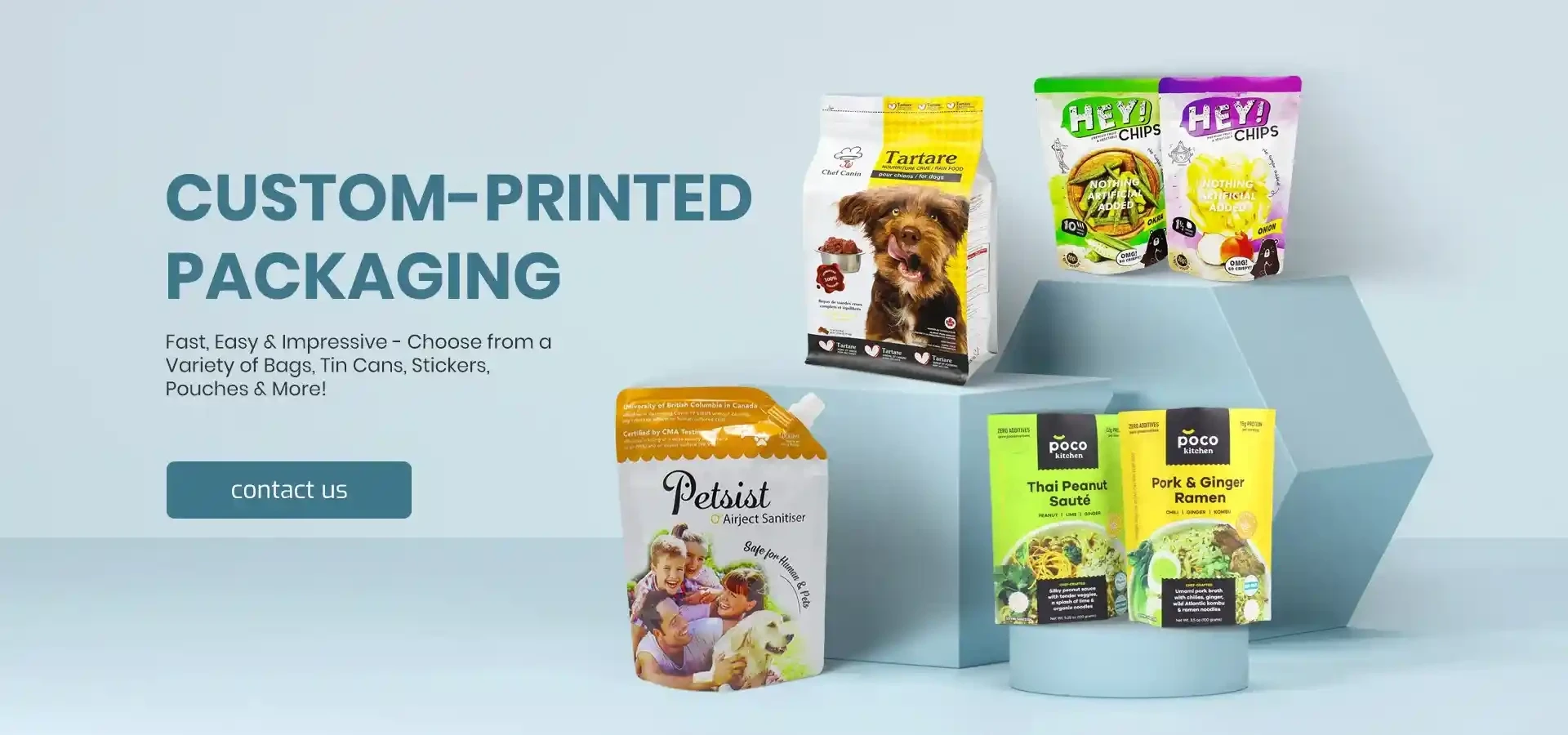- Afrikaans
- Albanian
- Amharic
- Arabic
- Armenian
- Azerbaijani
- Basque
- Belarusian
- Bengali
- Bosnian
- Bulgarian
- Catalan
- Cebuano
- chinese_simplified
- chinese_traditional
- Corsican
- Croatian
- Czech
- Danish
- Dutch
- English
- Esperanto
- Estonian
- Finnish
- French
- Frisian
- Galician
- Georgian
- German
- Greek
- Gujarati
- haitian_creole
- hausa
- hawaiian
- Hebrew
- Hindi
- Miao
- Hungarian
- Icelandic
- igbo
- Indonesian
- irish
- Italian
- Japanese
- Javanese
- Kannada
- kazakh
- Khmer
- Rwandese
- Korean
- Kurdish
- Kyrgyz
- Lao
- Latin
- Latvian
- Lithuanian
- Luxembourgish
- Macedonian
- Malgashi
- Malay
- Malayalam
- Maltese
- Maori
- Marathi
- Mongolian
- Myanmar
- Nepali
- Norwegian
- Norwegian
- Occitan
- Pashto
- Persian
- Polish
- Portuguese
- Punjabi
- Romanian
- Russian
- Samoan
- scottish-gaelic
- Serbian
- Sesotho
- Shona
- Sindhi
- Sinhala
- Slovak
- Slovenian
- Somali
- Spanish
- Sundanese
- Swahili
- Swedish
- Tagalog
- Tajik
- Tamil
- Tatar
- Telugu
- Thai
- Turkish
- Turkmen
- Ukrainian
- Urdu
- Uighur
- Uzbek
- Vietnamese
- Welsh
- Bantu
- Yiddish
- Yoruba
- Zulu
fruits packed
The Art and Importance of Fruits Packed for Distribution
In today's fast-paced world, where convenience often dictates our choices, the packaging of fruits has become an essential aspect of the food industry. Fruits packed for distribution play a crucial role not only in preserving freshness but also in ensuring that consumers receive high-quality products. This article explores the various methods and benefits of packing fruits, highlighting its significance in the modern supply chain.
The Role of Packaging in Preserving Freshness
Fruits are perishable items that require careful handling and storage to maintain their freshness. Packaging serves as the first line of defense against external factors, such as temperature fluctuations, moisture, and physical damage. Different types of packaging materials—such as plastic clamshells, cardboard boxes, and mesh bags—are employed to shield fruits from these elements while allowing for adequate ventilation. For instance, clamshell packaging is popular for berries and small fruits as it provides protection and visibility, enabling consumers to see the product without breaching the packaging.
Innovative Techniques in Fruit Packing
The packing process has evolved significantly over the years, adopting innovative techniques that enhance the longevity and quality of fruits. Modified Atmosphere Packaging (MAP) is one such technology, which alters the composition of gases surrounding the fruits. By reducing oxygen levels and increasing carbon dioxide, the ripening process is slowed down, allowing fruits to stay fresh longer during transport. Another promising method is vacuum packing, which removes air and seals fruits tightly, preventing spoilage and browning.
Moreover, temperature-controlled packaging has become increasingly important, especially for delicate fruits like peaches, plums, and cherries. By maintaining a consistent temperature throughout the supply chain, producers can minimize spoilage and ensure that fruits reach retailers and consumers in optimal condition. The use of insulated containers and refrigerated trucks has become commonplace, allowing products to retain their quality from farm to table.
fruits packed

The Environmental Impact of Fruit Packaging
As the global awareness of environmental issues rises, the sustainability of fruit packaging has come under scrutiny. Traditional plastic packaging has faced backlash for its contribution to pollution and waste. In response, many companies are now exploring eco-friendly alternatives. Biodegradable materials, such as plant-based plastics, and recyclable packaging options are gaining traction in the market. Additionally, some producers are adopting minimalistic packaging approaches, reducing the amount of material used to decrease environmental impact.
Health and Safety Considerations
Beyond preserving freshness and addressing environmental concerns, fruit packaging also plays a vital role in ensuring health and safety during distribution. Effective packing reduces the risk of contamination, protecting fruits from exposure to pathogens and chemicals. Clear labeling, including information about origin, nutritional value, and expiration dates, is crucial for guiding consumers in making informed choices. As consumers increasingly demand transparency regarding their food sources, well-designed packaging becomes essential in conveying important information.
Conclusion
The art of packing fruits is a multifaceted process that significantly impacts the quality and safety of produce in the marketplace. Innovative techniques and thoughtful packaging solutions not only preserve freshness but also contribute to sustainability and consumer health. As the industry continues to evolve, balancing convenience with environmental responsibility will remain a central challenge. Ultimately, the fruits we enjoy every day owe much of their appeal to the careful consideration of how they are packed, bridging the gap between farm and table in a world that demands efficiency and quality.













